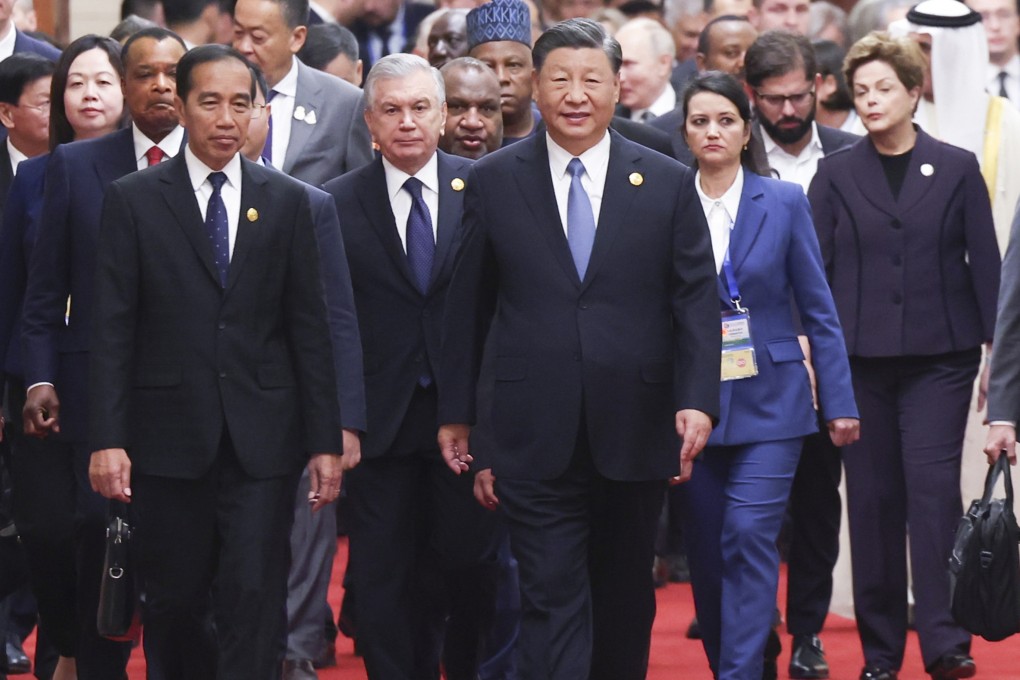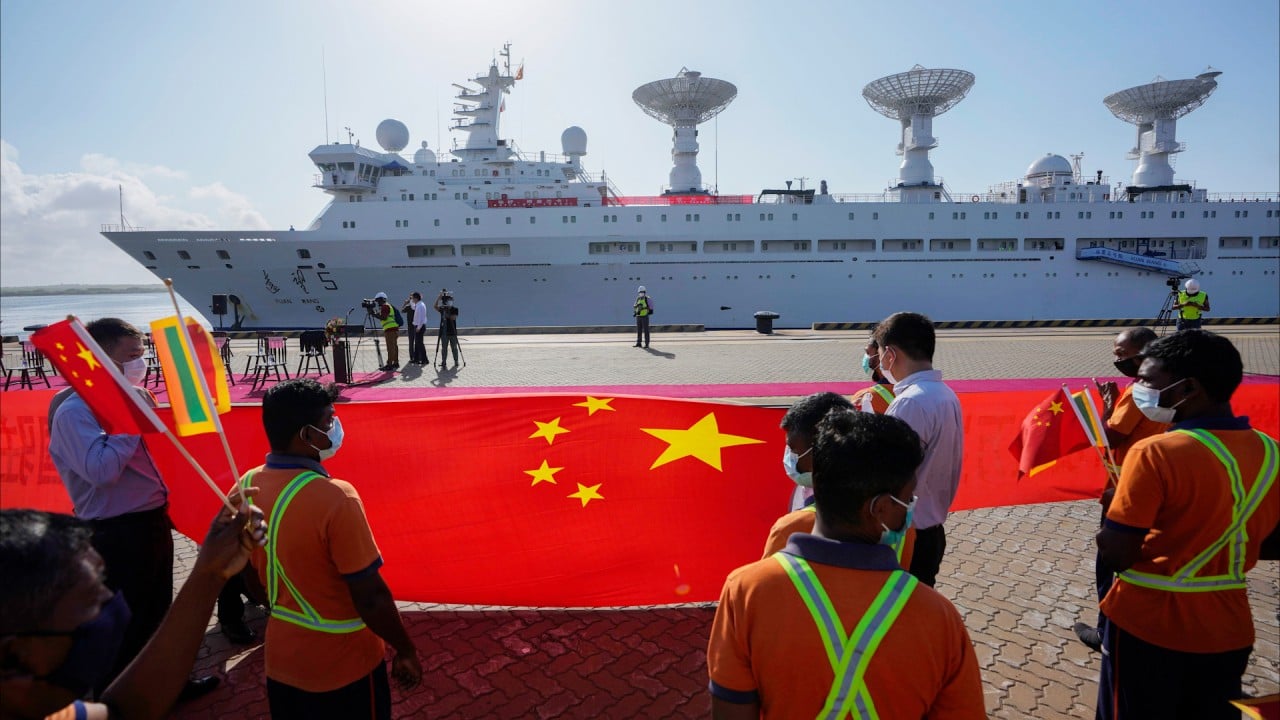Advertisement
Opinion | China steps up climate fight with belt and road green finance partnership
- This new partnership can match the fresh capital China is injecting into the Belt and Road Initiative with blended financing to identify and develop green projects in developing countries
Reading Time:3 minutes
Why you can trust SCMP

Amid Western inaction over climate finance, China has announced a major infusion of capital for the Belt and Road Initiative and a partnership to help developing countries identify and develop green projects.
Advertisement
Roughly US$100 billion in new financing would be added, said Chinese President Xi Jinping at the third Belt and Road Forum this week, to the flagship financial institutions of the Belt and Road Initiative: the China Development Bank, Export-Import Bank of China (Exim Bank), and the Silk Road Fund.
That same day, China’s Belt and Road Initiative International Green Development Coalition (BRIGC) – set up by China’s Ministry of Ecology and Environment to pursue green development – unveiled the Green Investment and Finance Partnership.
This partnership is a green project pipeline facility that could help match the new capital China is injecting into the Belt and Road Initiative with financing. This can enable developing countries to find low-carbon, socially inclusive and climate-resilient growth paths, while profiting Chinese and partner-country businesses.
Climate experts estimate that developing countries outside China need to mobilise US$2.4 trillion annually by 2030 to meet our shared climate and development goals. Although the costs of inaction dwarf these investments, the global community has not been able to move forward. This is despite the climate shocks that have wreaked havoc on countries, ecosystems and livelihoods over the past year.
China’s belt and road is leading by example. During the initiative’s first decade, the Boston University’s Global Development Policy Centre estimates that China Development Bank and Exim Bank provided roughly US$500 billion in financing to developing countries, filling infrastructure gaps, expanding energy access and fuelling economic growth. This was almost as much financing as the World Bank gave out over the same period.

Advertisement


